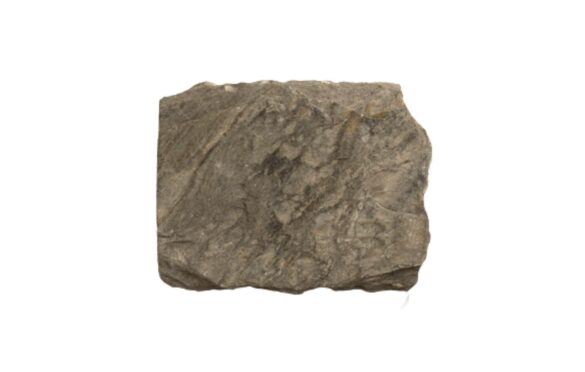Phyllite

Phyllite: A Unique and Beautiful Rock with a Fascinating Geological History
Phyllite is a type of metamorphic rock that is known for its unique texture and appearance. It is a type of foliated rock that is formed through the metamorphism of shale or mudstone. Phyllite is composed mainly of mica, quartz, and chlorite, with small amounts of other minerals like feldspar and pyrite. This rock is characterized by its fine-grained texture, shiny luster, and slaty cleavage.
Phyllite is formed through a process of regional metamorphism, which occurs when rocks are subjected to intense heat and pressure over a large area. The heat and pressure cause the minerals in the rock to recrystallize, resulting in a new texture and appearance. Phyllite is typically found in regions that have undergone intense tectonic activity, such as mountain ranges or areas with active faulting.
Texture and Structure of Phyllite
The texture of phyllite is very fine-grained, with a smooth and silky feel to the touch. The rock is composed of small flakes of mica, which give it a shiny appearance. The mica flakes are aligned parallel to each other, creating a texture that is similar to the texture of slate. This alignment of minerals is known as foliation, which is a characteristic feature of metamorphic rocks.
The structure of phyllite is also very interesting. The rock is composed of layers of mica and other minerals that have been folded and contorted during the metamorphic process. These folds and contortions give phyllite a unique and beautiful appearance, with swirling patterns of color and texture.
Formation of Phyllite
Phyllite is formed through a process of regional metamorphism, which occurs when rocks are subjected to intense heat and pressure over a large area. The heat and pressure cause the minerals in the rock to recrystallize, resulting in a new texture and appearance. Phyllite is typically found in regions that have undergone intense tectonic activity, such as mountain ranges or areas with active faulting.
The process of phyllite formation begins with the deposition of sedimentary rocks like shale or mudstone. These rocks are typically composed of fine-grained sediment that has been deposited in layers over a long period of time. Over time, the sediment becomes compacted and lithified, forming solid rocks.
As tectonic forces act on the sedimentary rocks, they are subjected to intense heat and pressure. This causes the minerals in the rocks to recrystallize, forming new minerals and creating a new texture and appearance. The process of metamorphism can also cause the rocks to fold and contort, creating the unique and beautiful patterns that are characteristic of phyllite.
Uses of Phyllite
Phyllite has several uses in construction and industry. It is often used as a decorative stone, thanks to its unique and beautiful appearance. Phyllite is also used as a building material for walls and flooring, due to its durability and resistance to weathering.
In addition, phyllite is sometimes used as a source of graphite, which is an important industrial material. Graphite is used in a variety of applications, including as a lubricant, in batteries, and in the production of steel.
Conclusion
Phyllite is a unique and beautiful rock with a fascinating geological history. It is formed through a process of regional metamorphism, which occurs when rocks are subjected to intense heat and pressure over a large area. The rock is characterized by its fine-grained texture, shiny luster, and slaty cleavage. Phyllite is often used as a decorative stone or building material, and is also a source of graphite, an important industrial material.
